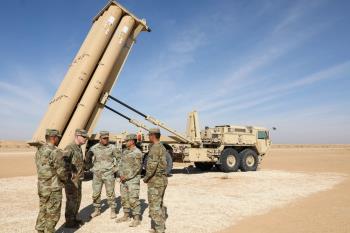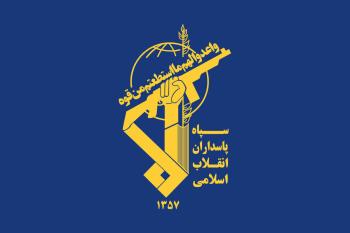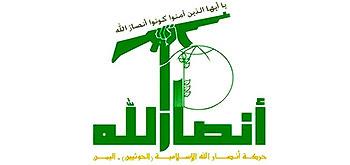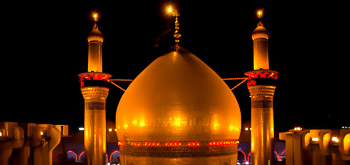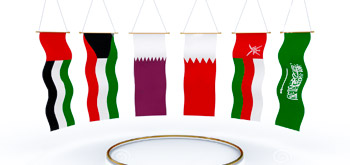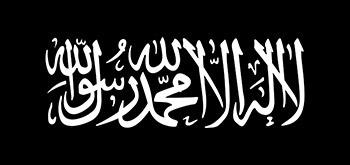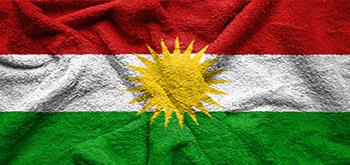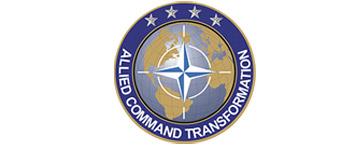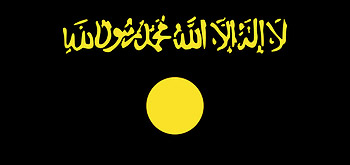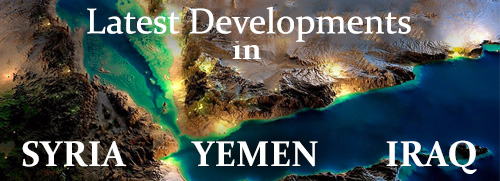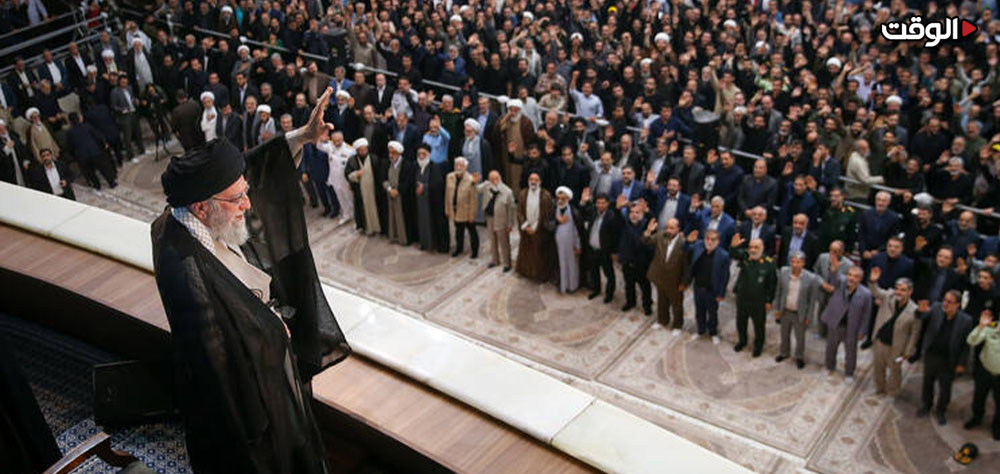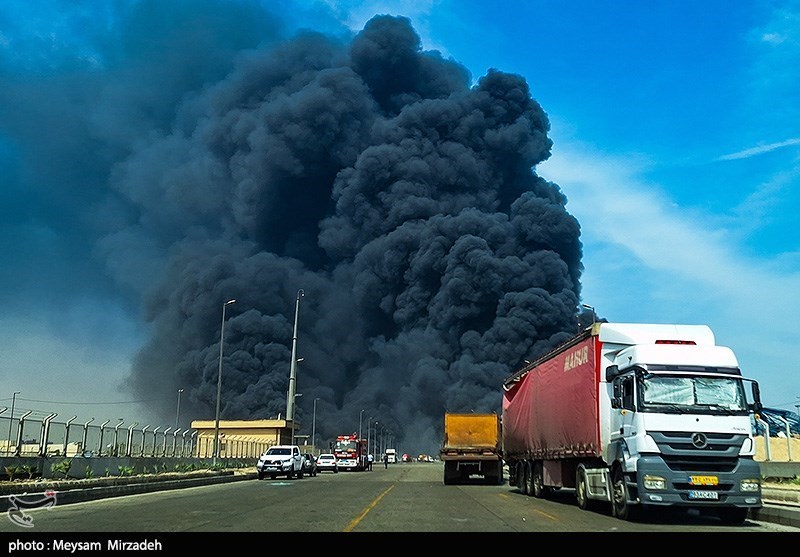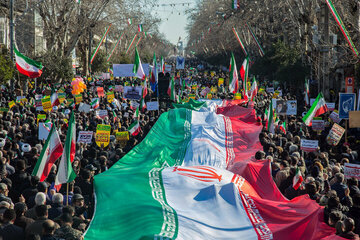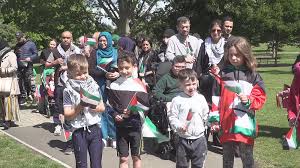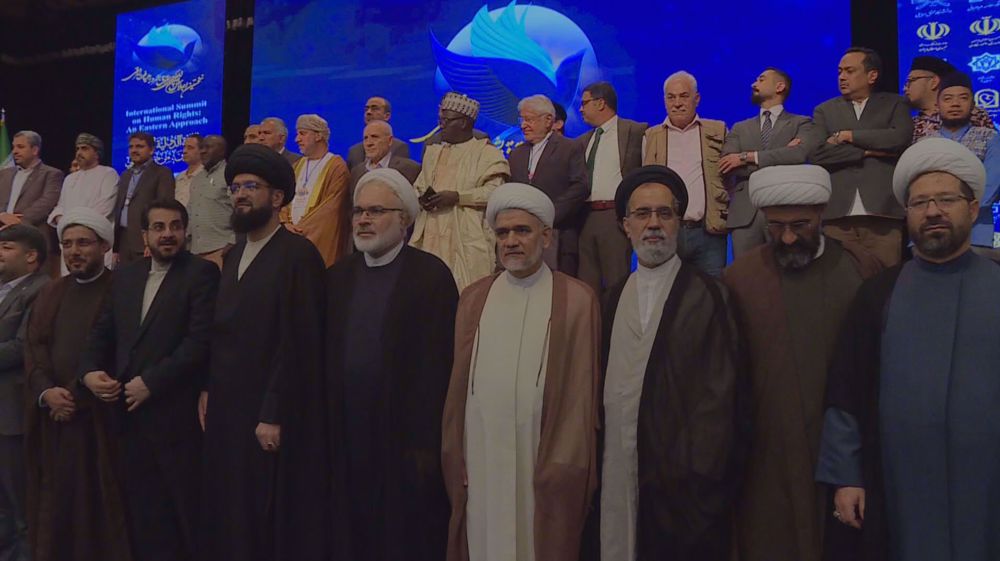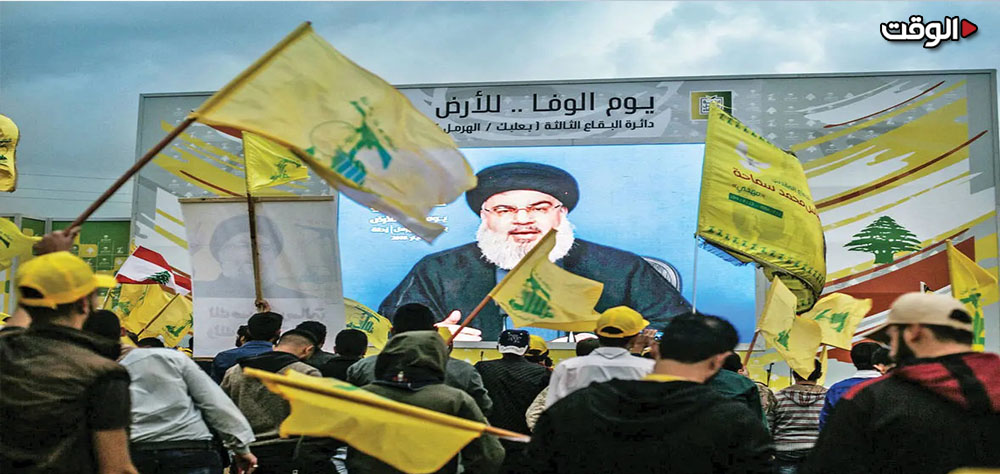Alwaght-North Yemen and South Yemen joined together in 1990 and formed the Republic of Yemen. Since the country's unification until the beginning of Yemen revolution in 2011, Ali Abdullah Saleh has ruled the Unified Yemen. Lack of circulation of elites and the authoritarianism based on hegemony of the ruling party, along with widespread corruption and the personalization of power led to deep discontent among the political elites and people of Yemen. The political dissatisfaction together with the deteriorating economic, social and security situation created an explosion-like situation and gave rise to different movements which opposed to the government run by Ali Abdullah Saleh.
Yemen is the poorest country in the West Asia where many children suffer from malnutrition while its annual population growth is approximately 3.7 percent. It has limited natural, human and government resources which are inadequate to respond to such population growth. Unemployment, especially among the youth, is one of the major social issues of Yemen. High population growth and the inability of the government to tackle the issue of unemployment in the country have sharply increased the unemployment rate. It should also be noted that the country's tribal structure is quite different from such structures in countries like Tunisia and Egypt. There are various tribes and deep tribal, sectarian and religious divisions in Yemen which have virtually turned its society into a crumbling one. Inequitable distribution of wealth and power between various ethnic, religious and geographical groups has also exacerbated the social divisions. It should also be noted that over the past few years, the government of Ali Abdullah Saleh was facing three major security crises, namely, the Ansarullah movement in the north, the separatist movement in the south and intense activities of al-Qaeda terrorist group across Yemen.
In addition to all the crises that Yemeni society has faced with, the legalization of the hereditary government by the Parliament at the end of the Ali Abdullah Saleh's government also caused serious tensions between the opposition parties and the ruling party. In such a complex condition, the wave of Islamic Awakening hit Yemen and sparked widespread protests in the country and the Yemenis, following in the footsteps of the people of Tunisia and especially Egypt, on 11 February 2011 staged a revolution against the 33-year-old military dictatorship of Ali Abdullah Saleh. The 2011 Yemeni revolution was concurrent with the fall of Hosni Mubarak, the dictator of Egypt, and the thirty-second anniversary of the Islamic Revolution led by Imam Khomeini. As the revolution broke out, Civil Coalition of Youth Revolution (CCYR), Ansarullah Movement, South Yemen Movement, and the Joint Meeting Parties (opposition parties) were the major movements and social forces that stood against Saleh's regime. Nevertheless, similar to the revolutions of Egypt and Tunisia, university students and graduates of Yemen were the initial driving forces of the revolution, who appeared in 'The Youth Movement' which was not affiliated to any particular parties or groups.
As the Yemen revolution spread in the country, the countries of the Persian Gulf Cooperation Council (PGCC), especially Saudi Arabia, which consider any popular or revolutionary movements in the region, particularly in neighboring Bahrain and Yemen, as grave threats to their security, began to crush the Yemeni revolution and spearheaded the PGCC's initiative. Member states of PGCC, based on their own flawed policies, since the beginning of the revolution in Yemen, believed this great phenomenon was simply a political crisis between the opposing parties, and according to an Arab-American plot began to put it down. Accordingly, the PGCC's initiative was imposed on Yemeni revolutionists. Based on this initiative, all the corrupt structures of the former regime were maintained, and even worse, Ali Abdullah Saleh and his corrupt relatives who had plundered Yemen for 33 years, and committed major crimes, were granted judicial immunity. This way, a corrupt system which had aided Ali Abdullah Saleh in all his crimes was established and the people's revolution failed, in spite of offering many martyrs. Further, Ali Abdullah Saleh very decently withdrew from the power as a hero and the leader of the largest political party rather than a cruel dictator.
Considering the reaction of foreign players in the Yemen, Saudi Arabia undoubtedly played the most significant role in putting down the 2011 Yemen Revolution. In general, the most important policies of Riyadh towards Yemen are based on the following topics:
1. Not to establish a democratic system based on the real participation of the Yemenis;
2. To prevent the spread of the revolution and its spread into Saudi territory;
3. To maintain the structure of the former regime and make attempts to bring affiliated individuals into power;
4. To reduce the influence of the Shiites and the movements close to the Islamic Republic of Iran, including the Ansarullah;
However, contrary to expectations of Western and Arab countries, the 2011 Yemen revolution survived after the implementation of the PGCC's initiative and eventually managed to ouster the corrupt elements affiliated to Saudi Arabia. The PGCC's initiative was a joint foreign plot and had no outcome for the oppressed Yemenis, especially the revolutionary youths. Therefore, the implementation of the initiative failed to cease the revolutionary movements. Consequently, Ansarullah as the biggest supporter of the revolution did its best to implement the legitimate demands of the people for cancellation of the removal of fuel subsidies, the implementation of the results of the national dialogue and overthrowing the corrupt government of the National Unity, affiliated to Salafi reform party, and succeeded to lead the revolution with the help of various segments of the Yemeni peoples and active participation of the revolutionary political and military movements, and with the full political and military authority took over the capital of Yemen in September 2014.
Following the seizure of the capital by revolutionary forces, Yemeni President Mansour Hadi, who could not deal with the revolutionary youths led by Ansarullah, was forced to yield to their demands. Therefore, as the corrupt government of National Unity was ousted the peace agreement and national partnership was signed and a new government was formed. The signing of the peace agreement and national partnership affirmed the victory of the revolution and the defeat of the PGCC's initiative. After signing the peace agreement and national partnership, revolutionary people of Yemen in the hope of an end to their problems and sufferings, celebrated this great victory.
Nevertheless, the president and the government in a collaborative conspiracy resigned from their posts and created a power vacuum in the country which led to a new political crisis. Therefore, once again the revolutionaries were ready to fight any conspiracy. Issuing a statement on the new constitution, the revolutionary forces tried to manage the power vacuum in the country. But Mansour Hadi deliberately sabotaged the revolutionaries' plan and fled from the capital to Aden with Saudi green light to form a parallel government in Aden; consequently, the country went through a political crisis. The revolutionary forces moved southwards to avert this big conspiracy.
As the revolutionary forces approached Aden and following the defeat of pro-Mansour Hadi forces, Yemen's resigned president called for the military intervention of PGCC member states in order to quell the revolutionary forces and launch attacks on Ansarullah. PGCC countries which have already collaborated with the Americans to put down the Arabic revolutions, after the failure of their plan in Yemen made attempts to adopt a resolution on military intervention in Yemen under Chapter VII of the Charter of the United Nations Security Council; however, their efforts proved ineffective. Therefore, these countries decided to form a coalition and launch all-out attacks against oppressed Yemenis and revolutionary forces. Accordingly, military aircraft of Saudi Arabia, UAE, Kuwait, Bahrain and Qatar, along with Sudan, Jordan and Egypt and backed by the US and the Israeli regime, on 26 March 2015 in an operation dubbed 'decisive storm' launched airstrikes against defenseless Muslim Yemenis under the pretext that Ansarullah has captured Yemen through Iran's involvement in the internal affairs of the country. Following the brutal assaults by Saudi-led coalition, Yemeni revolutionary forces declared that they will not yield to demands made by invaders and will firmly resist until all the goals of the revolution have been achieved.

